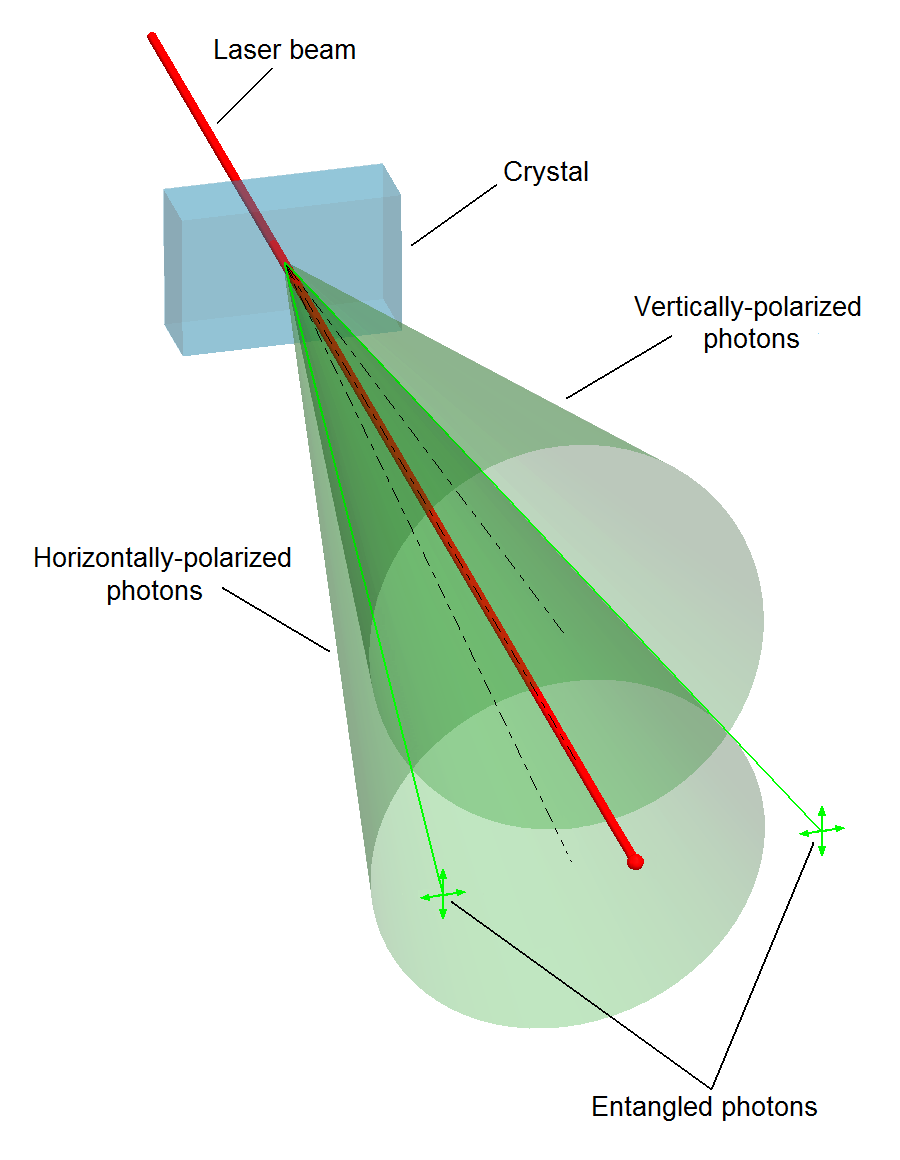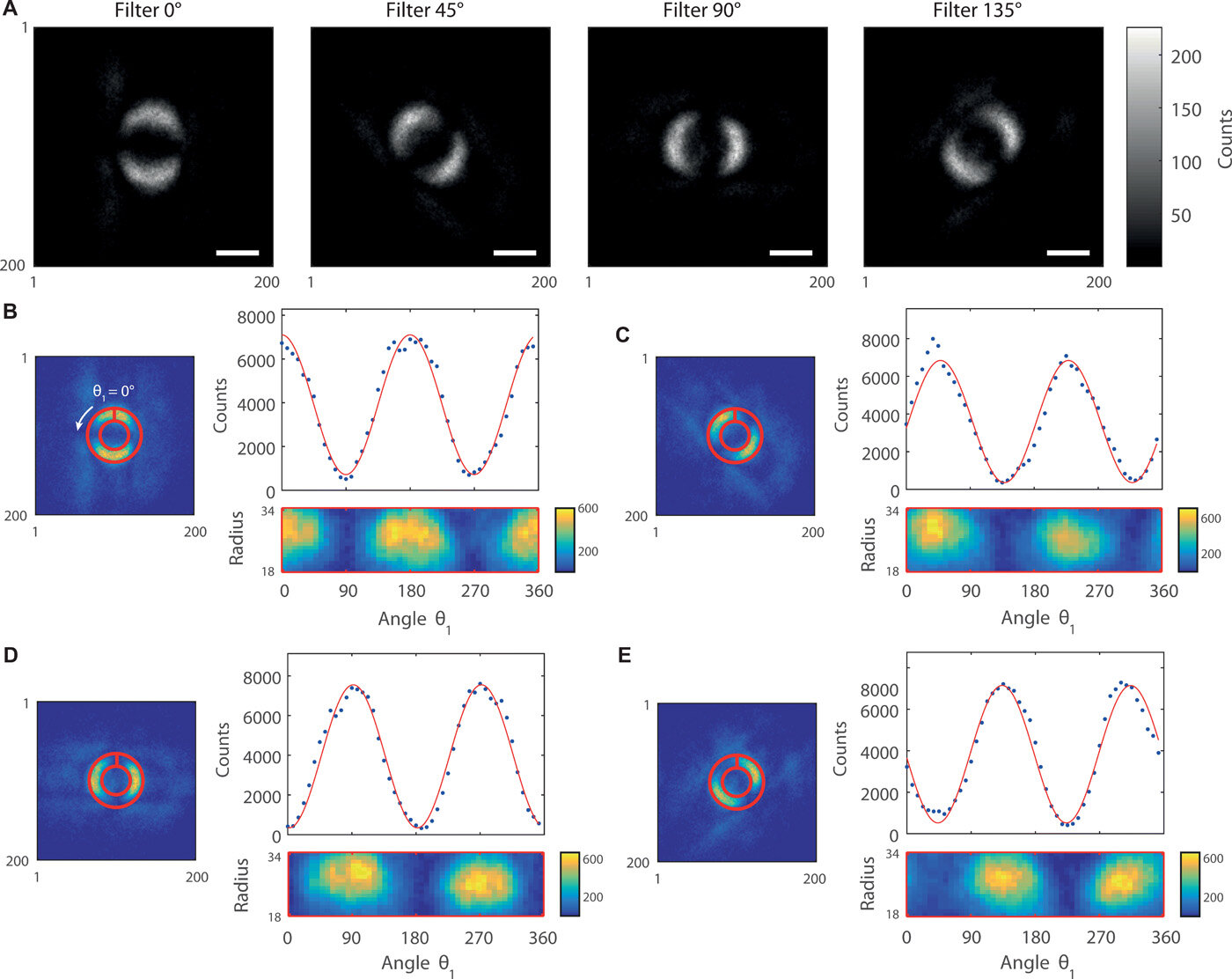Home › Forum Online Discussion › General › Physicists grab individual atoms in groundbreaking experiment
- This topic has 1 reply, 1 voice, and was last updated 5 years, 2 months ago by
c_howdy.
-
AuthorPosts
-
February 20, 2020 at 10:25 am #59720
c_howdy
Participant
FEBRUARY 20, 2020
by Mark Hathaway, University of Otago
https://phys.org/news/2020-02-physicists-individual-atoms-groundbreaking.html
In a first for quantum physics, University of Otago researchers have “held” individual atoms in place and observed previously unseen complex atomic interactions.
A myriad of equipment including lasers, mirrors, a vacuum chamber, and microscopes assembled in Otago’s Department of Physics, plus a lot of time, energy, and expertise, have provided the ingredients to investigate this quantum process, which until now was only understood through statistical averaging from experiments involving large numbers of atoms.
The experiment improves on current knowledge by offering a previously unseen view into the microscopic world, surprising researchers with the results.
“Our method involves the individual trapping and cooling of three atoms to a temperature of about a millionth of a Kelvin using highly focused laser beams in a hyper-evacuated (vacuum) chamber, around the size of a toaster. We slowly combine the traps containing the atoms to produce controlled interactions that we measure,” says Associate Professor Mikkel F. Andersen of Otago’s Department of Physics.
When the three atoms approach each other, two form a molecule, and all receive a kick from the energy released in the process. A microscope camera allows the process to be magnified and viewed.
“Two atoms alone can’t form a molecule, it takes at least three to do chemistry. Our work is the first time this basic process has been studied in isolation, and it turns out that it gave several surprising results that were not expected from previous measurement in large clouds of atoms,” says Postdoctoral Researcher Marvin Weyland, who spearheaded the experiment.
For example, the researchers were able to see the exact outcome of individual processes, and observed a new process where two of the atoms leave the experiment together. Until now, this level of detail has been impossible to observe in experiments with many atoms.
“By working at this molecular level, we now know more about how atoms collide and react with one another. With development, this technique could provide a way to build and control single molecules of particular chemicals,” Weyland adds.
Associate Professor Andersen admits the technique and level of detail can be difficult to comprehend to those outside the world of quantum physics, however he believes the applications of this science will be useful in development of future quantum technologies that might impact society as much as earlier quantum technologies that enabled modern computers and the Internet.
“Research on being able to build on a smaller and smaller scale has powered much of the technological development over the past decades. For example, it is the sole reason that today’s cellphones have more computing power than the supercomputers of the 1980s. Our research tries to pave the way for being able to build at the very smallest scale possible, namely the atomic scale, and I am thrilled to see how our discoveries will influence technological advancements in the future,” Associate Professor Andersen says.
The experiment findings showed that it took much longer than expected to form a molecule compared with other experiments and theoretical calculations, which currently are insufficient to explain this phenomenon. While the researchers suggest mechanisms which may explain the discrepancy, they highlight a need for further theoretical developments in this area of experimental quantum mechanics.
More information: L. A. Reynolds et al. Direct Measurements of Collisional Dynamics in Cold Atom Triads, Physical Review Letters (2020). DOI: 10.1103/PhysRevLett.124.073401
Journal information: Physical Review Letters
February 20, 2020 at 12:37 pm #59722c_howdy
Participant
Scientists unveil the first-ever image of quantum entanglement
JULY 13, 2019
by University of Glasgow
https://phys.org/news/2019-07-scientists-unveil-first-ever-image-quantum.html
For the first time ever, physicists have managed to take a photo of a strong form of quantum entanglement called Bell entanglement—capturing visual evidence of an elusive phenomenon which a baffled Albert Einstein once called ‘spooky action at a distance’.
Two particles which interact with each other—like two photons passing through a beam splitter, for example—can sometimes remain connected, instantaneously sharing their physical states no matter how great the distance which separates them. This connection is known as quantum entanglement, and it underpins the field of quantum mechanics.
Einstein thought quantum mechanics was ‘spooky’ because of the instantaneousness of the apparent remote interaction between two entangled particles, which seemed incompatible with elements of his special theory of relativity.
Later, Sir John Bell formalised this concept of nonlocal interaction describing a strong form of entanglement exhibiting this spookiness. Today, while Bell entanglement is being harnessed in practical applications like quantum computing and cryptography, it has never been captured in a single image.
In a paper published today in the journal Science Advances, a team of physicists from the University of Glasgow describe how they have made Einstein’s spookiness visible in an image for the first time.
They devised a system which fires a stream of entangled photons from a quantum source of light at ‘non-conventional objects’ – displayed on liquid-crystals materials which change the phase of the photons as they pass through.
They set up a super-sensitive camera capable of detecting single photons which would only take an image when it caught sight of both one photon and its entangled ‘twin’, creating a visible record of the entanglement of the photons.
Dr. Paul-Antoine Moreau of the University of Glasgow’s School of Physics and Astronomy is the paper’s lead author. Dr. Moreau said: “The image we’ve managed to capture is an elegant demonstration of a fundamental property of nature, seen for the very first time in the form of an image.
“It’s an exciting result which could be used to advance the emerging field of quantum computing and lead to new types of imaging.”
The paper, titled ‘Imaging Bell-type nonlocal behavior’, is published in Science Advances.
More information: Paul-Antoine Moreau et al. Imaging Bell-type nonlocal behavior, Science Advances (2019). DOI: 10.1126/sciadv.aaw2563
Journal information: Science Advances

Imaging setup to perform a Bell inequality test in images. A BBO crystal pumped by an ultraviolet laser is used as a source of entangled photon pairs. The two photons are separated on a beam splitter (BS). An intensified camera triggered by a SPAD is used to acquire ghost images of a phase object placed on the path of the first photon and nonlocally filtered by four different spatial filters that can be displayed on an SLM (SLM 2) placed in the other arm. By being triggered by the SPAD, the camera acquires coincidence images that can be used to perform a Bell test. Credit: Science Advances (2019). DOI: 10.1126/sciadv.aaw2563

Full-frame images recording the violation of a Bell inequality in four images. (A) The four coincidence counting images are presented, which correspond to images of the phase circle acquired with the four phase filters with different orientations, θ2 = {0° , 45° , 90° , 135°}, necessary to perform the Bell test. Scale bars, 1 mm (in the plane of the object). (B to E) The coincidence counts graphs as a function of the orientation angle θ1 of the phase step along the object are presented. As shown, these results are obtained by unfolding the ROIs represented as red rings and are extracted from the images presented in (A). The blue dots in the graphs are the coincidence counts per angular region within the ROIs, and the red curves correspond to the best fits of the experimental data by a cosine-squared function. (B) to (E) correspond to phase filter orientations θ2 of 0°, 45°, 90°, and 135°, respectively. Credit: Science Advances (2019). DOI: 10.1126/sciadv.aaw2563
-
AuthorPosts
- You must be logged in to reply to this topic.
